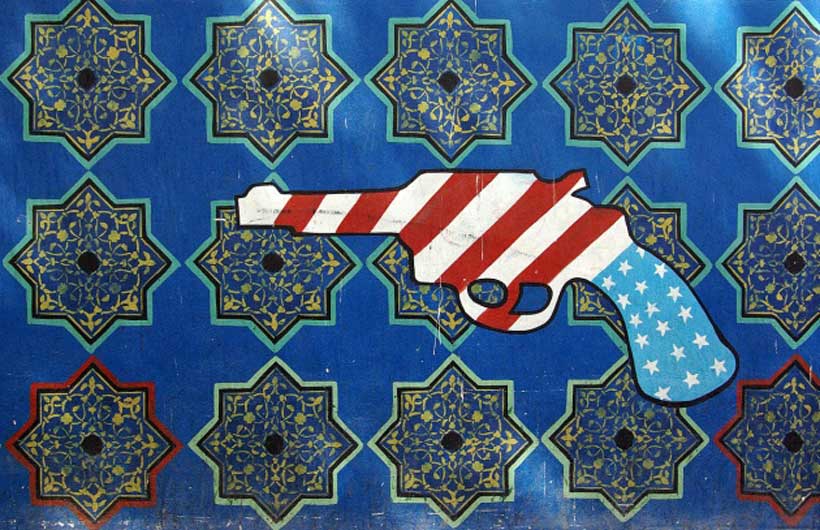Public diplomacy defined as the collaborative aspect of diplomacy which is not only inclusive in nature but also includes the multiple networks and actors. It is a process in which states build their trust and stable relationships to secure the environment.
From past 30 years, United States of America and Islamic republic of Iran have not held any diplomatic relations. Meanwhile the attack on American embassy in Iran, the Iranian nuclear program, the tensions between them have increased. However, USA has tried to find the ways to interact with Iranian People. These problems have reserved United States to make public diplomacy and delayed to make knowledgeable foreign policy choices, gaining vital information and understanding from within Iran is problematic.
In 2006, USA refined its strategies towards Iran, Bush government formed the State Department’s Office of Iranian Affairs. This office formulates the strategies and deal with Iranian issues, public diplomacy as well.
In 2011, the state’s department of USA, exposed the Virtual Embassy Tehran, an accessible hub designed to make new strategies to escalate the communication with Iranian people. This newest Public Diplomacy struggle does not suggest an endeavor to rebuild diplomatic relations, the website of Virtual Embassy states that “it is not a prescribed diplomatic mission, neither has it represented a real US embassy attributed to the Iranian administration”. Its mission is to fight against misinformation and to promote understanding among states and it also has long run goals to support pro democratic groups. USA can affect the information which Iranian people has access and will help to shape their thoughts.
Public diplomacy also explains as “it is the promotion of the national interest by informing, by engaging, and influencing people around the world”. United States public diplomacy introduced new sites and tools for the communication such as internet and social media. The online sites are the way to have direct access to Iranian people.
In the meantime, web access in Iran has encountered unimaginable development, expanding from a fourth of a million to more than 42 million users in 10 years. Today, over half of the populace utilizes the Internet, yet obliged by government restriction. It is in this setting the thought for Virtual Embassy Tehran was considered.
United States financed in some projects to promote and build relationships with Iranian citizens in spite of the absence of formal political relations. Following up on its recognition that numerous Iranians do not support the administration, the U.S. has received an arrangement that basically organizes connecting with Iranian people directly.
Academic Exchange Program: From all over the world, USA education program invites students which include backing for engaging Iranian students. There are some places in Iran where tests are done to study in the United State such as TOEFL and GRE tests are supervised. In 2006, IVLP international visitor leadership Program was again started with Iran, conveying experts from different regions to understand and experience the United State in short trips. In spite of the decades of restricted commitment, USA step towards educational institutes remain an attractive sign in Iran.
Another program is arranged by USA is science diplomacy, it is a method to make progressive influence and raise dialogues between the states with tense relations. Scientific association is also a good step to open communication with states like Iran. Science diplomacy is a neutral extent for collaboration and is a long run process to build peaceful relations with Iran. It is a key mechanism where worldwide observation of United States will remain stable.
If United States wants to apply strategic impact within Iran, it must promote the relations with Iranian people and encounter misunderstandings through dialogue and exchange.


